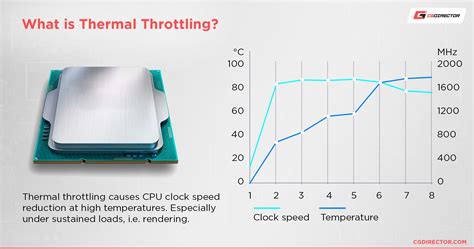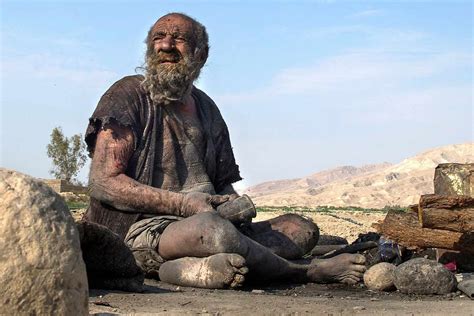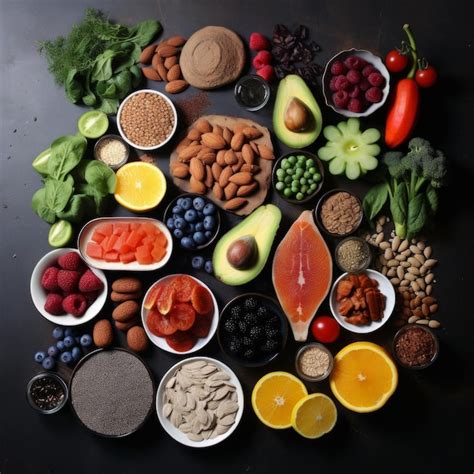What’s the optimal training intensity & recovery balance for peak male performance?

For men striving for peak physical performance, whether in strength, endurance, or overall fitness, the pathway to success isn’t just about how hard you train, but how smartly you balance that exertion with adequate recovery. This delicate interplay between intensity and restoration is the cornerstone of progress, injury prevention, and sustained high performance.
The Intensity Imperative: Finding Your Sweet Spot
Training intensity refers to how hard you work during an exercise session. It’s a critical variable for stimulating adaptation and growth. Too low, and your body won’t be challenged enough to improve; too high, and you risk overtraining and injury.
Defining Optimal Intensity
- Relative Perceived Exertion (RPE): A subjective scale (1-10) where 10 is maximum effort. For strength training, often aiming for 7-9 RPE is effective.
- Percentage of One-Rep Max (%1RM): For strength, lifting weights at 70-85% of your 1RM for multiple sets is common.
- Heart Rate Zones: For endurance, training within specific heart rate zones (e.g., 70-90% of max HR) helps target different physiological adaptations.
The key is progressive overload – gradually increasing the demands on your body over time. This could mean more weight, more reps, more sets, less rest, or increased duration. However, this progression must be matched by an equal focus on recovery.

The Art of Recovery: More Than Just Rest
Recovery isn’t just about lying on the couch; it’s an active, multi-faceted process that allows your body to repair muscle tissue, replenish energy stores, adapt to training stress, and strengthen the nervous system. Neglecting recovery is a fast track to plateaus, burnout, and potential injury.
Key Pillars of Effective Recovery
- Sleep: This is arguably the most crucial recovery tool. Aim for 7-9 hours of quality sleep per night. During deep sleep, growth hormone is released, and cellular repair takes place.
- Nutrition: Fuel your body with adequate protein for muscle repair, complex carbohydrates for energy replenishment, and healthy fats for hormone production and overall health. Hydration is also paramount.
- Active Recovery: Light activities like walking, stretching, foam rolling, or gentle yoga can improve blood flow, reduce muscle soreness, and aid in waste product removal.
- Stress Management: Chronic stress (physical or mental) elevates cortisol levels, which can hinder recovery and muscle growth. Incorporate mindfulness, meditation, or hobbies to manage stress.

Recognizing the Red Flags: Overtraining vs. Under-recovery
Pushing the limits is necessary for progress, but there’s a fine line between optimal stress and excessive stress. Overtraining syndrome (OTS) and under-recovery are real threats to performance and health.
Signs to Watch For:
- Persistent fatigue and lack of energy.
- Decreased performance despite consistent training.
- Increased irritability or mood disturbances.
- Disrupted sleep patterns.
- Chronic muscle soreness or joint pain.
- Increased incidence of illness or injury.
- Loss of appetite or weight fluctuations.
If you experience several of these symptoms, it’s a strong indicator that your recovery isn’t matching your training intensity. A deload week or extended rest might be necessary.

Personalizing the Balance: Individual Variability
There’s no one-size-fits-all formula for the perfect intensity-recovery balance. Factors like age, training experience, overall life stress, genetics, and even dietary preferences play a significant role.
- Beginners typically need less intensity and more recovery than advanced athletes.
- Older individuals may require longer recovery periods.
- High-stress jobs or lifestyles demand more conscious recovery efforts.
The best approach is to listen to your body, track your progress, and be willing to adjust your training and recovery protocols as needed.

Practical Strategies for Optimal Balance
To consistently achieve peak male performance, integrate these strategies:
- Periodization: Structure your training into cycles with varying intensity and volume to allow for planned recovery phases (e.g., strength phase, hypertrophy phase, deload phase).
- Deload Weeks: Every 4-8 weeks, reduce your training volume and/or intensity significantly (e.g., 50-70%) for a week to allow your body to fully recover and supercompensate.
- Consistent Sleep Schedule: Go to bed and wake up around the same time each day, even on weekends.
- Prioritize Protein and Hydration: Consume 1.6-2.2g of protein per kg of body weight daily and drink plenty of water.
- Track and Reflect: Keep a training log that includes not just sets and reps, but also how you felt, sleep quality, and energy levels. This helps identify patterns and inform adjustments.

Conclusion
Achieving peak male performance is an ongoing journey, not a destination. The optimal balance between training intensity and recovery is dynamic, requiring self-awareness, discipline, and a willingness to adapt. By mastering both the art of pushing your limits and the science of proper restoration, you’ll not only unlock greater strength and fitness but also sustain a healthier, more resilient body for the long run.








